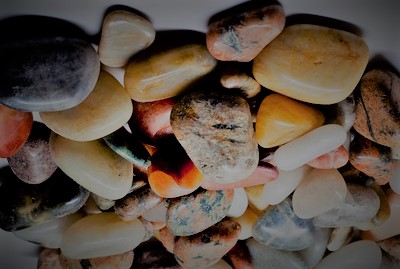Aging is a process we all must endure but anti-aging treatments can help to prolong your youthful look for many years after the tell-tale wrinkles and fine lines have threatened to appear.
You don’t have to go under the knife with an invasive surgery to achieve this either with a variety of injectables available to add volume to your face, eliminate rough skin, and smooth over imperfections.
Non-surgical treatments have seen a real boom in popularity over the last few decades and have now actually surpassed their surgical counterparts across the world.
Two of the most effective of all non-surgical cosmetic procedures that tackle common signs of aging in the face and neck are dermal fillers, and PDO threads.
Both PDO threads that are used to tighten skin and increase collagen production, and dermal fillers that are used to restore volume and tackle sagging skin are fantastic options, but which is better suited to your needs?
That is exactly what we are about to find out, with this comparison guide looking at the key determining factors between thread lifts and dermal fillers Glasgow.
What is the goal of your treatment?

Dermal fillers and thread lifts, although often compared, help to achieve a number of different things.
Fillers are used to replace lost volume in the face which has the effect of smoothing our lines and wrinkles and achieving more youthful looking skin. In recent years, these fillers have become incredibly effective and can now be utilised by a skilled doctor to achieve a number of very specific different outcomes.
PDO threads on the other hand will visibly lift the face, pulling skin tighter together, and stimulate the production of both collagen and elastin, leading to more moisturised skin, rejuvenated with the elasticity of youth.
If you are looking for and overall boost the aesthetic over your entire face, with no downtime and limited disruption to your life, thread lifts are a great choice, but if you have a single or a couple of specific areas to target, thin lips, for example, dermal fillers might be the better choice.
How long will the treatment take?
Bother dermal fillers and thread lifts are extremely quick procedures, and most people don’t even bother to take any time off work whilst the work is done.
Dermal fillers tend to be slightly quicker, at around 30 minutes for a standard treatment, whilst PDO fillers come in at a still impressive 45min-1 hour.
Whilst both these procedures are non-surgical, a thread lift is very slightly more invasive than a dermal fillers treatment, and local anaesthetic/numbing cream will be used to reduce discomfort to the lowest possible level.
After the treatment has been completed, the discomfort felt will be restricted to redness or minor bruising around the injection site, for both treatments.
How long is the recovery?
This is where dermal fillers and thread lifts really come into their own, and a big reason that they are preferred to surgery by many.
In general, you can return to normal activity, with a very limited restrictions immediately after these treatments, and you should be completely back to and improved normal after just a few days.
Over this period you should avoid things such as swimming, excessive sun exposure, and heavy workouts. As thread lift procedures are a little more involved, there may be a few additional precautions that should be taken, so discuss these with your doctor before you proceed, just so you know what to expect.
How long do they last?

Neither dermal fillers or thread lifts are permanent and with both treatments you will need to return to the clinic every so often if you want to keep the effects on a long term basis.
On average, however, these are two of the longest lasting temporary non-surgical cosmetic treatments. Depending on the type of filler used, dermal fillers last anywhere from 6-18 months, whilst the effects of a thread lift last between 1-2 years.
So, which is the better choice?
After all these comparisons, you would hope that there would be a clear winner between these two fantastic cosmetic treatments. The fact is, however, that they are both great choices and it really does come down to personal preference over which one you want to go with.
Hopefully the information in this blog will have given you the information that you need to make a more informed decision, but if you are still stuck, get in touch with your local expert cosmetic doctor as soon as possible.
The right cosmetic treatment normally comes down to the exact results that you are looking to achieve, and the issues that you are attempting to tackle and by explaining these to your doctor, they will be able to use their wealth of experience and expertise to advise you on which one will be best suited to your needs.




